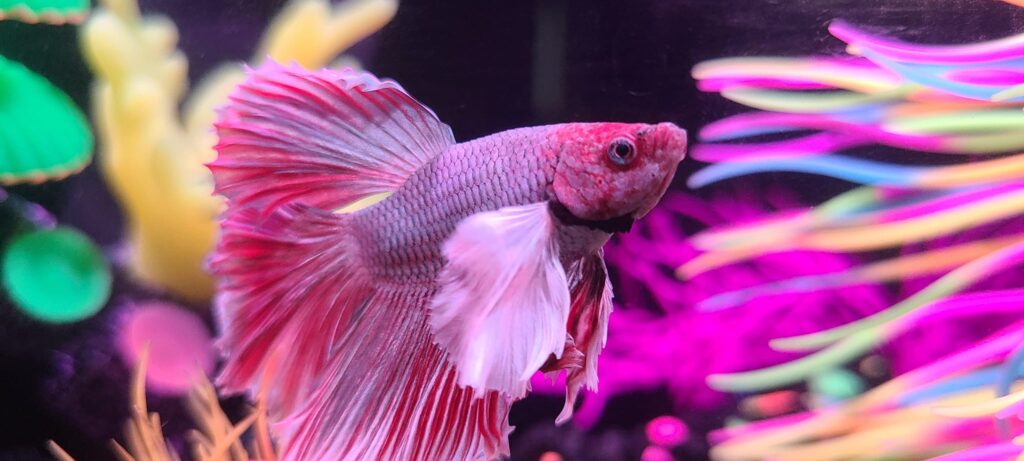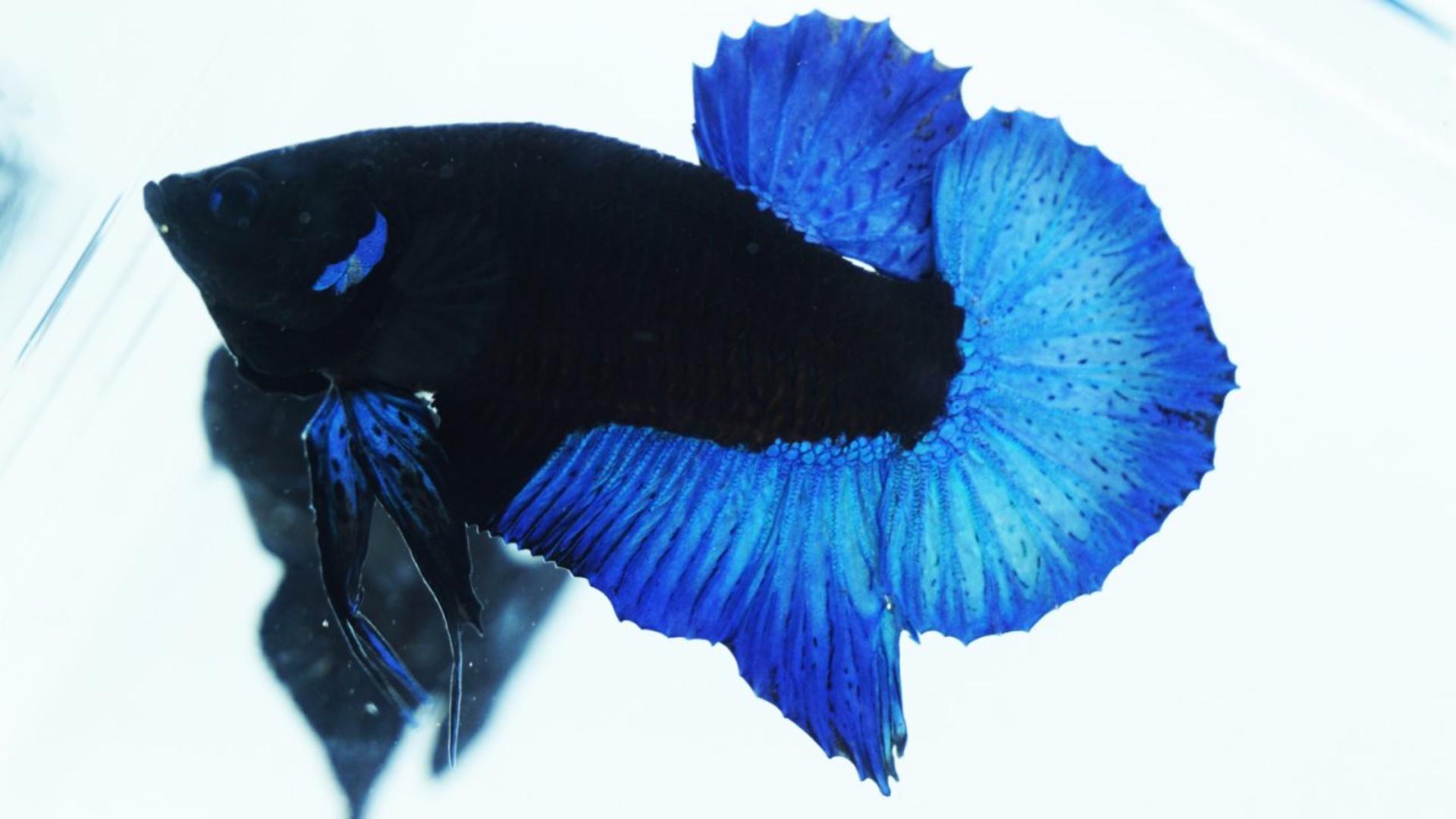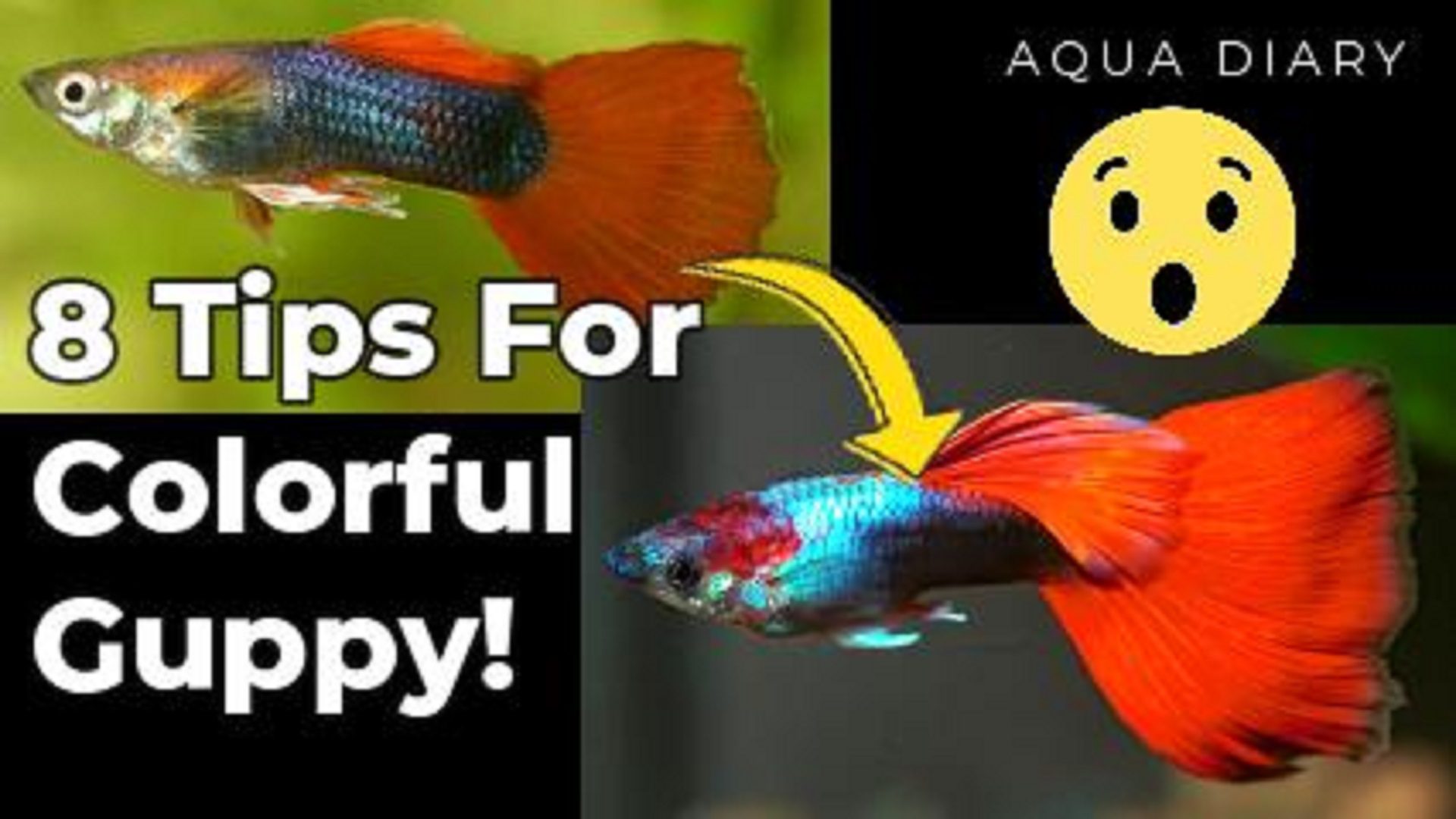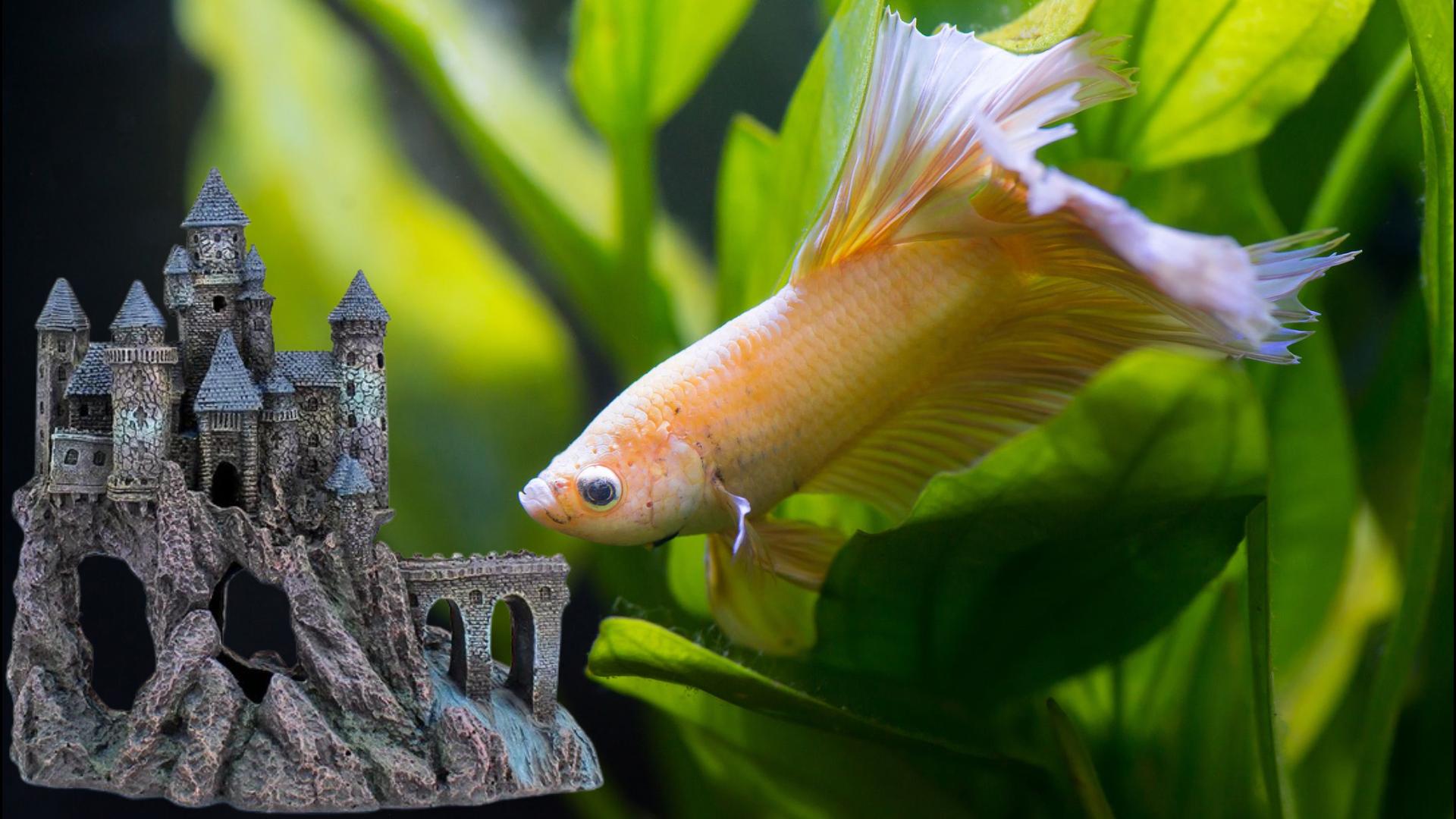Even though taking pictures of the aquarium looks simple, often our photos don’t do justice to our beautiful aquarium and fish. If you have ever been disappointed with the quality of a picture you took of a beautiful aquarium, this blog is for you. In this post, we will talk about things you should keep in mind when taking your awesome aquarium pictures.
You do not need a professional camera or equipment to take realistic aquarium photos. A smartphone with a quality camera and processing software should be sufficient. A point-and-shoot camera or a DSLR can help take better photos, but the key to good aquarium photographs is in the setup and lighting, not the camera.
#1. Tank Background
A tank background can impact every photograph. An appropriate background can greatly benefit your fish images. If available, place a sheet of poster board outside of the tank on the backside of the tank. This will provide an appropriate background for your fish pictures.
The reason for this is simple. Pictures of your betta fish look strange when they appear to be swimming next to your couch.

A sheet of poster board or Foamcore will provide a nice clean background that will make your little fish the focus. You can find colored poster boards at home improvement stores.
Pick a color that complements your aquascape to give your pictures a stunning backdrop. If you want your picture focused only on the fish, a dark or black background will help make the image sharper and better focused. If you like to capture the fish in its natural environment, such as in a planted tank, you might want a higher depth of field.
#2. Remove items except lighting equipment
A picture with your fish food bottles, fishnet, or any other household item will ruin a picture of your aquarium. Your fish needs a better photo without those items in the picture.
You should remove all items except lighting equipment before shooting. Don’t forget to clean the inside and outside of the aquarium tank.

#3 Reflections & Glass Distortion
Glass reflections and distortions are common problems with amateur fish photographs. The walls, benches, your clothes, your gear, and even you as well visible as reflections in the aquarium tank pictures. In order to prevent reflections on the glass surface of your aquarium, you should turn off indoor lighting and shoot with only the light from your aquarium tank.
Closing the curtains and shooting at night will help further reduce reflections. However, smartphones and cameras often reflect light when they are shooting. One option is to use a lens hood, which will create a cone of reflection-free darkness around the camera.
You should always clean the aquarium surface before taking any pictures because no matter what gear you have, you won’t be able to take stunning photos through dirty glass.
If you are focused on objects very close to the surface of the aquarium, a damaged or dirty glass will definitely affect your picture. If your subject is halfway or deeper in the aquarium, scratches and cracks will not be in your depth of field and will not affect your photo
#3. Should You Use Flash?
When taking photos of aquariums, using a flashlight can be a slippery slope. Low light conditions might tempt you to use flash, but most internal flashes will reflect light back onto your fish’s reflective scales, thus washing out its natural colors.
When you must use a flash due to low lights around, use an external one that won’t cause reflections in the image and will help you in low light. But whenever possible, try taking aquarium photos without a flash. Fish scales are reflective. They don’t combine well with Flash. Flash might also stress out the fish.

Photographing the aquarium without a flash has many advantages. Colors will be more saturated and realistic. As with flash photography, it is essential to adjust the white balance so that the colors match the aquarium’s appearance in real life.
We do not recommend using flashlight for two reasons:
first, you cannot see inside an aquarium tank due to the reflection of light on the tank glass surface. So it’s not gonna help.
Second, aquarium fish are shiny, and their body tends to reflect flashlights which may ruin your photograph.
#4. Shade the top of your aquarium tank
The color of an aquascape fades if light enters directly from lighting equipment. Therefore, you will need to shade the lighting equipment with a whiteboard. If the board is white on the back, the front part of the aquarium tank can be brightly lit.
#5. White Balance & Angle
Using the glass wall and your camera, create an L. If your camera is at exactly 90 degrees from your aquarium’s wall, you will be able to capture sharp details and avoid chromatic aberration.
White balancing is usually difficult when you’re working with coral reefs and saltwater aquariums. In almost all other circumstances, auto-white balance will do the trick. You can also adjust the white balance in post-production.

If automatic white balancing is not an option, you may want to play with the preset white balance options that your camera provides to find one that works well for you. Only use manual white balancing when you have a good reference point or object.
You won’t be able to capture much depth of field on a photo with low light conditions and standard aquarium exposure settings. This might need to be considered as well. However, a sharp picture with a blurred background is still stunning. In a situation where you are shooting coral, you might experience a low depth of field, but otherwise, it won’t necessarily hurt the quality of your photos.
#6. Focus on Moving Fish
You will not be able to take sharp photos of your fish if you do not have a good focus. Identifying the minimum focusing distance of any lens is crucial in aquarium photography because it determines how close you can get to the aquarium.
Take a picture of a nearby fish. The farther they are from you, the softer your focus will be. By focusing on light-colored, or silvery fish, you will be able to achieve better exposure in your photos. Don’t be glued to the front of the aquarium. Walk around and take photos from different perspectives so you can always capture all the best features.
#7 Clean Aquarium Water
Dirty water can affect your macro photos of your fish. Clear and clean water will produce sharp images. It’s recommended to set your aquarium photography session before feeding the fish when the water is relatively clear so that the macro photos of your fish will be sharp.
#8. Clean your Tank Glass
Make sure that your glass wall is clean on the inside and outside before taking photos. A dirty glass wall will distort your image and may cause it to over- or underexpose. Avoid areas where you have scratches on the glass, if applicable
#9. Turn Off Air Pumps and other equipment
It’s better to turn off the air pumps in aquarium photography because more water movement can lead to distortion, while air bubbles can also ruin the look. For a short while, the fish won’t be affected. You can turn the filter back on after a few minutes.
If any decoration pieces or filters are interfering with your photos, you can temporarily remove them so you can see the photos as you imagined.
#10 Use a Tripod To Get Blur-Free Images
The use of a tripod is especially helpful in macro and long-exposure photography, where a little shake in your hands may ruin the perfect combination of settings and equipment. A tripod will help you focus your camera precisely in the right place and allow you to experiment with different exposure times.
Choose a tripod that can support the weight of your camera and lens especially if you are using a heavy DSLR, is functional, is the right size, and is portable.





